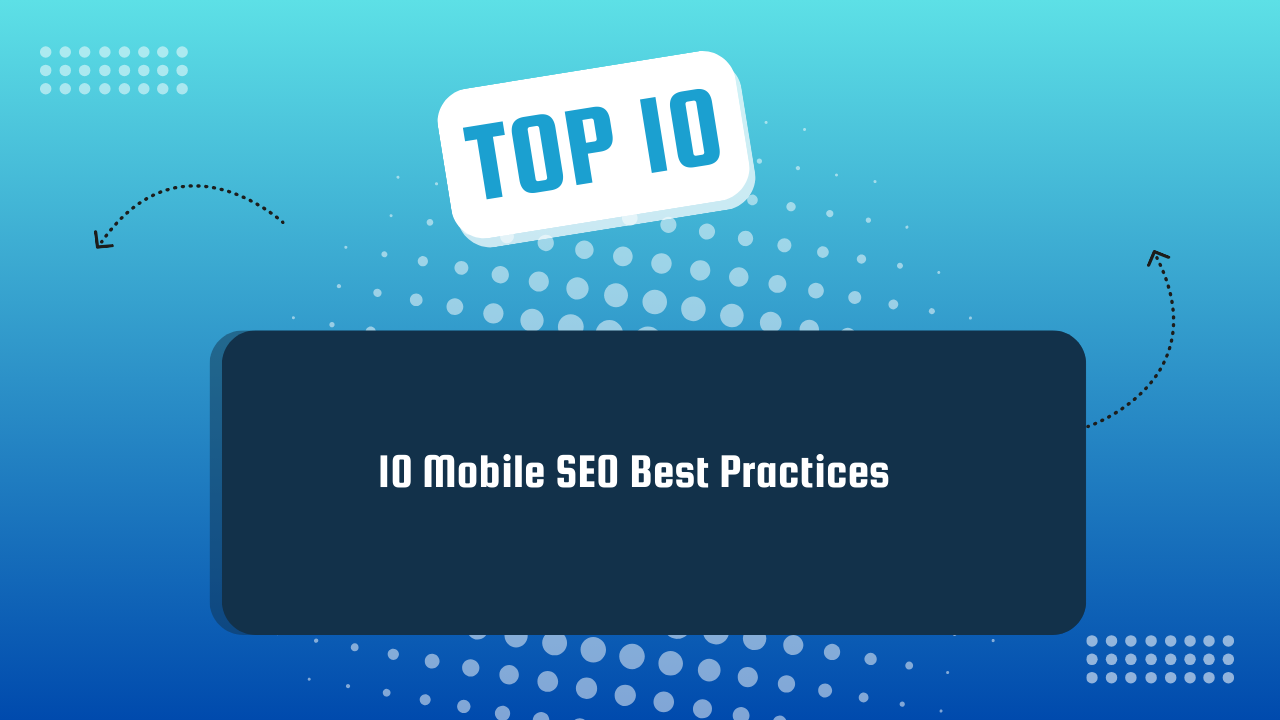The Importance of Canonical Tags!
Have you ever gone into a panic after finding the scary “Google Alternate Page with Proper Canonical Tag” warning in Google Search Console? As much as we try to avoid duplicate content issues, some websites inadvertently trigger this flag during migrations or poor URL planning.
While Google tries to automatically prioritize the appropriate page, having persisting canonical issues causes degraded rankings due to confusion identifying the source of truth page. In this comprehensive guide, we will be tackling:
✅ What is a canonical tag
✅ Implications of incorrect canonical usage
✅ Steps to diagnose and fix “alternate page” errors
So let’s get right to it and dispel canonical tag anxiety for good!
What is a Canonical Tag?
A canonical tag or link tag tells search engines the single preferred webpage among several near-duplicates to show in search results.
For example, a product page www.example.com/blue-tshirt may be accessible via other URLs like www.example.com/tshirts/blue also. By adding a tag within the section of the source page, you explicitly hint search crawlers like:
<link rel=”canonical” href=”www.example.com/blue-tshirt”>
This nominates www.example.com/blue-tshirt as the canonical URL for prioritizing in rankings while preventing content duplication penalties spreading authority thin.
Google recommends using canonicals liberally across:
✅ Different domain extensions - .com vs .net
✅ HTTP vs HTTPS
✅ With/without trailing slash pages
✅ URL parametrization - filters, sorting etc.
✅ International sites - homepage for each region
Additionally, canonicalization is a great way to consolidate authority earned from an old URL onto its fresh replacement after a site redesign or content migrations.
Hazards of Misconfigured Canonical Tags
However, incorrect canonical configurations generate serious SEO issues:
❌ Indexing Wrong Pages - If the tag points to non-existent or totally irrelevant pages, search engines may send users to 404s or unexpected content.
❌ Splitting Authoritative Signals - Contradicting canonical tags across duplicate pages dilute page reputation downgrading both eventually.
❌ Indexing Issues - Blocking pages via noindex while canonicalized pages are crawled results in NO pages finally ranking.
❌ Ranking the Wrong Page - Mismatched priorities between meta and link tags causes the page you didn’t want ranking to shoot up!
As you can see, misfiring canonicalization negatively impacts user experience and search visibility. So how do we course correct?
Investigating Canonical Tag Errors
Let’s first diagnose the issue by examining Google Search Console closely for signals.
❶ Check for Explicit Warnings
Navigate to Search Console >> Index Coverage >> Discover any explicit “Alternate Page with Proper Canonical” warnings suggesting priority conflicts.
❷ Verify Indexed URL
Confirm if the indexed URL matches page you intend to rank or incorrectly associates other undesired pages.
❸ Match Live Site Pages
Fetch the URLs surfacing warnings on Search Console and inspect if appropriate canonical tags are implemented on the live site pages accurately.
❹ Switch Page Priorities
If the indexed URL must rank instead, swap the canonical tags between warning source and destination page on the live site.
These investigation steps reveal areas where Google’s crawling diverges from your expectations so we can patch up accordingly.
Resolving Common Canonical Tag Issues
Cropped up canonical errors may also stem from a few common sources:
International Sites
For multi-region websites, ensure respective homepages are canonicalized correctly avoiding flags like:
❌ www.company.com (USA)
&
❌ www.company.in (India)
➡️ CANONICAL Tip: Set region-wise homepages as self-canonicalized instead of cross-linked internationally.
CMS Platform Migrations
After migrating across content management systems, review if old URLs are appropriately redirected to new locations with canonical tags passing authority.
➡️ CANONICAL Check: Fetch 301 redirects for legacy URLs and validate destination pages contain accurate canonical links
Product Landing Pages
For older websites, product category listing and individual product detail pages may not be cleanly differentiated leading to duplication worries.
➡️ CANONICAL Fix: Disambiguate directory vs single product pages through strict canonical boundaries.
Excess Pagination
Pagination should be canonicalized to the first product/blog index page rather than individual content part pages diluting page strength.
➡️ CANONICAL Guide: Evaluate paginated archives canonically favoring main over subpages.
By rectifying these known canonical tag pitfalls, order gets restored for Google to accurately prioritize the right pages.
Validating Canonicalization Corrections
Finally, we need to validate fixes and prevent future recurrences:
✅ Review Entire Site - Crawl entire site using screamingfrog or similar to discover all duplication scenarios.
✅ Preview Search Results - Check Google preview listings for corrected pages ranking appropriately.
✅ Reprocess Crawled Pages - Request re-crawling of updated URLs in Search Console.
✅ Add Validation Tools - Use tools like Sitebulb to automatically flag invalid canonical errors during builds.
✅ Monitor Warnings - Stay on top of new warnings so you can course correct early minimizing impacts.
With robust canonical hygiene practices, keep your pages ranking accurately while avoiding Google’s “alternate page” penalties as you expand your website.
Conclusion
And that’s a wrap! In this guide we went through:
✔️ Purpose and importance of canonical tags
✔️ Implications of misconfigurations
✔️ Diagnosing errors thrown by Google crawlers
✔️ Typical cases generating bad canonical data
✔️ Fixing attempts and post-remediations checks
I hope you found these steps helpful for resolving pesky alternate page errors in Search Console using proper canonical link tags. Feel free to share any other duplicate content challenges faced!





